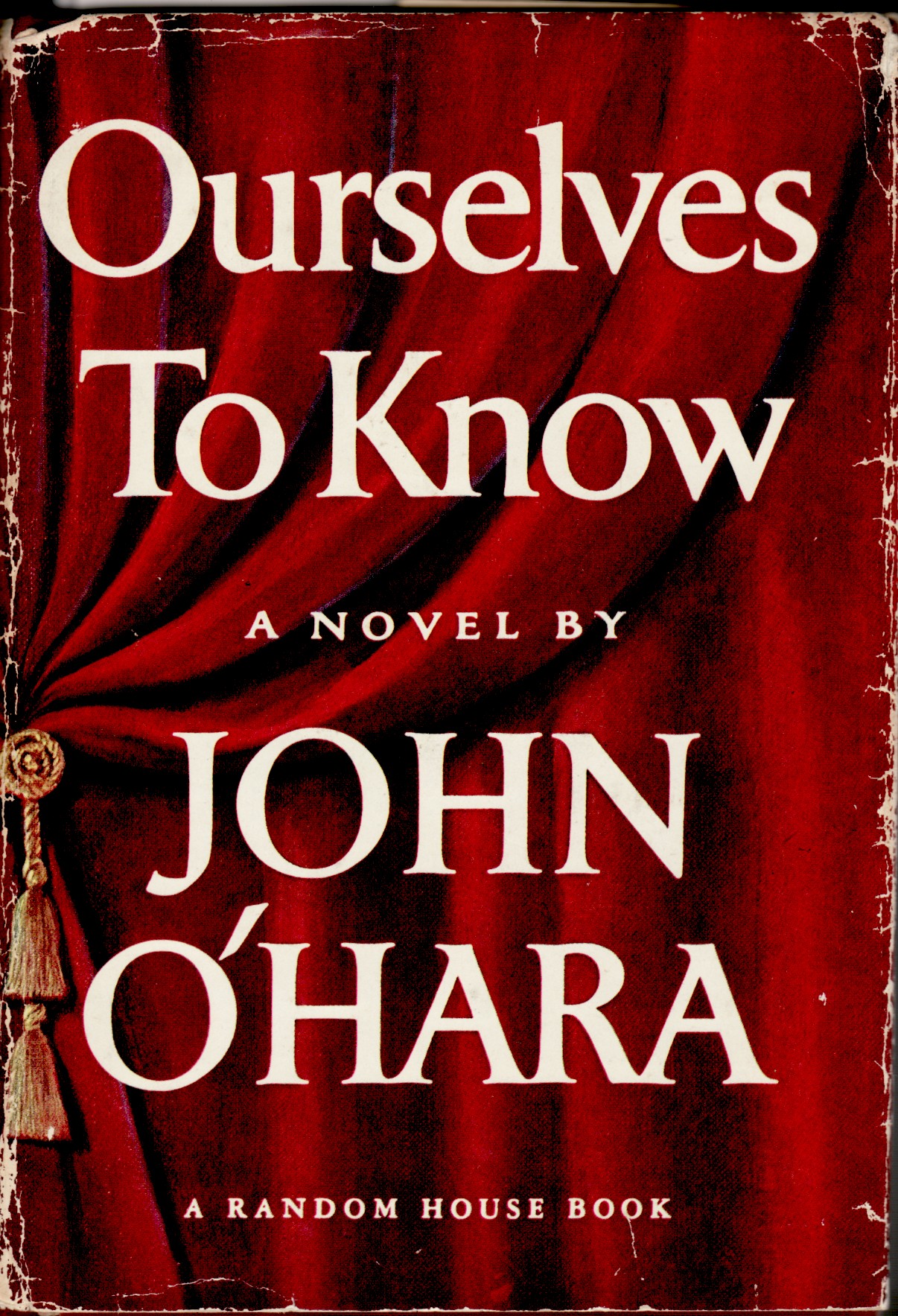John O’Hara – Ourselves to Know
Posted By Norman Gasbarro on August 26, 2016
“The late American historian Shelby Foote remarked that the following passage from Ourselves to Know [by novelist John O’Hara] is ‘…the single finest thing ever written about the Civil War.'”*
A few months after the visit of the cavalrymen and a few weeks after the Fourth of July the noon train brought home two men who had been in the great battle at Gettysburg. Although they wore uniforms they did not seem to Robert to be soldiers; they were more like men he had seen riding home in a wagon after an accident at the colliery. Their beards were untrimmed, their jackets spotted and half buttoned, and one of them could not put on his cap because his head was wrapped in bandage. The other had lost a foot and his pant-leg was folded over and pinned. He could not manage his crutch coming down the steps of the coach and he threw it angrily to the station platform. He faced the crowd and called out: “Will some son of a bitch give me a hand?” But before anyone could reach him he lost his balance and fell forward, knocking down a man and woman who had gone to help him. The soldier with the bandaged head ignored the confusion at his feet and shouted: “Where’s Mary? Mary, where the hell are you, God damn you to hell.”
“Here I am, John. Here I am,” cried the woman in the crowd.
“Well, come and get me, God damn you, woman.”
“The crowd then realized that although the man’s eyes were not covered, he was blind. The remaining civilian members of the fife and drum corps were on hand to escort the wounded men to their homes, but no one now thought of a welcoming parade. The fifers put their instruments back in their boots and the drummers slung their drums over their shoulders and soon the station platform was deserted.
The scene above took place in the fictional town of Lyons, Pennsylvania, O’Hara’s name for the actual town of Lykens, Dauphin County, where John O’Hara, as a youth, spent the summers visiting his maternal grandparents. The novel is not about the Civil War, but has several scenes describing the influence of the war on the character Robert Millhouser, who killed his wife in 1908. Millhouser was born in Lyons in 1855, and related his life story to Gerald Higgins (the character of John O’Hara). Higgins began writing Millhouser’s life story in 1927. According to the dust jacket description:
The mystery of Robert Millhouser lay not in the facts of the affair [the killing of his wife]. The facts were known, or easily discoverable, and they are recorded in this chronicle exactly as they happened. Gerald Higgins’ purpose was not primarily to reconstruct a crime but, through that reconstruction, to reveal a man. Through his painstaking explorations of Millhouser’s heritage, his one close friendship, and his relationship with his parents, his servants and the members of his community, Gerald found him to be a man of intelligence, charm, integrity, good will. And in this man’s conscious decision to destroy by killing lay a far more fundamental mystery about the inner forces by which mankind is betrayed.
For information on the actual railroad station where the incident described above took place, see: (1) Lykens Railroad Station; and (1) Civil War Railroad Structures of Lykens.
*For additional information about the Civil War passage, see the John O’Hara Society Blogspot.
 ;
;



Comments